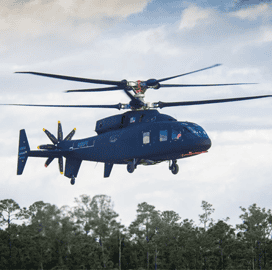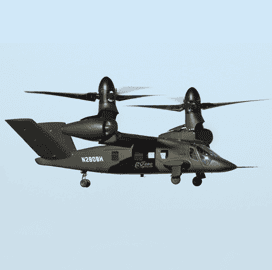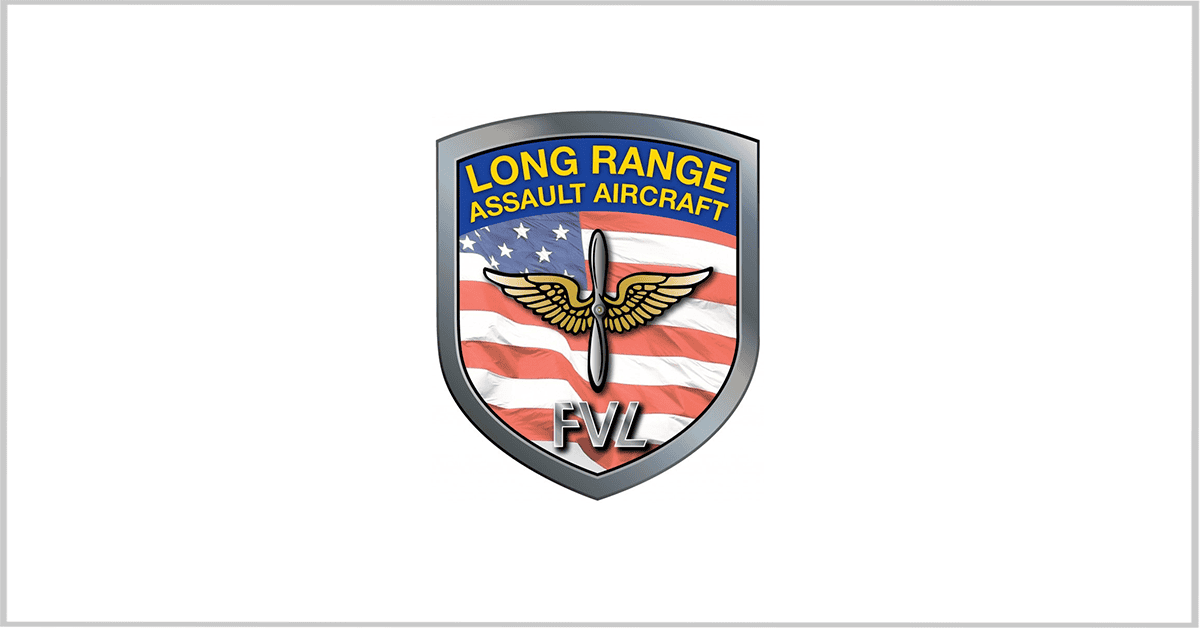The U.S. Army has awarded $577 million in contract modifications to Textron’s (NYSE: TXT) Bell subsidiary and a team of Boeing (NYSE: BA) and Lockheed Martin’s (NYSE: LMT) Sikorsky business to perform work on the second phase of the competitive demonstration and risk reduction effort for the Future Long Range Assault Aircraft program.
Army Contracting Command awarded a $292.6 million modification to Bell and $284.4 million to the Sikorsky-Boeing team and obligated $19.5 million each in fiscal 2021 research, development, test and evaluation funds at the time of award, the Department of Defense said Tuesday.

The companies will complete a preliminary design event for the conceptual weapons system and major subsystems under the FLRAA CD&RR Phase II modifications that were awarded through the Aviation and Missile Technology Consortium’s other transaction authority, the Army said Tuesday.
“CD&RR Phase II accelerates digital engineering design work to the subsystem level and mitigates industrial base workforce risk while maintaining competition,” said Brig. Gen. Rob Barrie, program executive officer for aviation.
“Through CD&RR efforts, Army leaders have had the ability to make early, informed decisions ensuring FLRAA capabilities are not only affordable, but that they meet Multi-Domain Operations requirements while delivering on an aggressive schedule that does not sacrifice rigor for speed.”

Bell will perform work in Texas, New York, Kansas, California, Michigan, Indiana, North Carolina, Washington, Alabama, Israel, Canada and the Netherlands through March 30, 2022.
The Boeing-Sikorsky team will carry out contract work in Pennsylvania, Connecticut, New York, Texas and Florida through May 30, 2022.
In March 2020, Bell and the Sikorsky-Boeing team were selected to perform work on the initial competitive demo phase for the FLRAA program, which seeks to replace the Army’s UH-60 Black Hawk helicopters by 2030.
The Army issued a presolicitation notice for the FLRAA program in December. Sikorsky and its partner Boeing offered the SB-1 Defiant coaxial helicopter to the program, while Bell proposed its V-280 Valor tiltrotor aircraft for the competition.




